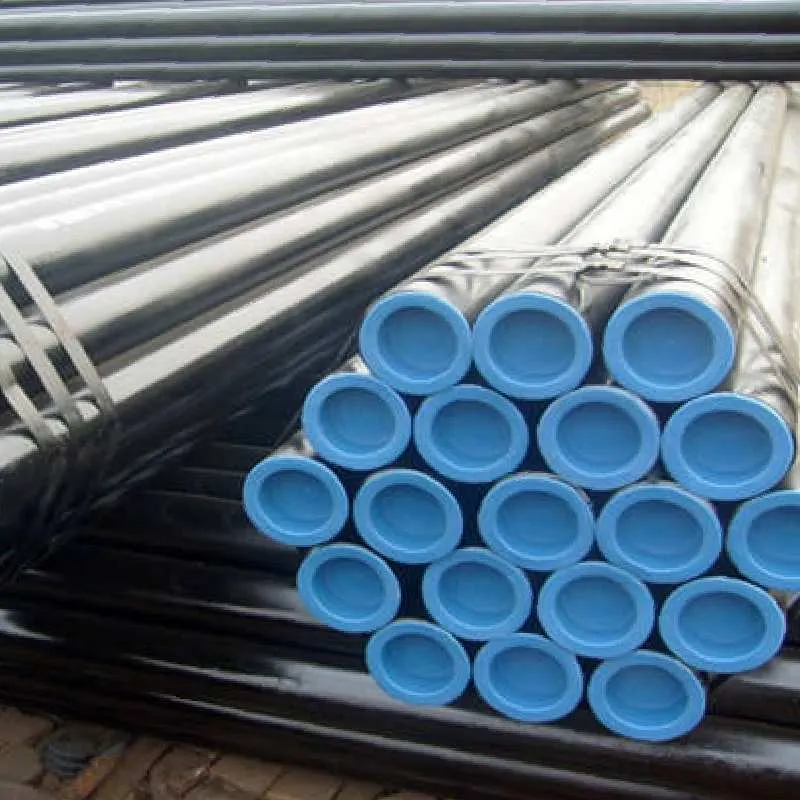-
Cangzhou Yulong Steel Co., Ltd.
-
Phone:
+86 13303177267 -
Email:
admin@ylsteelfittings.com
- English
- Arabic
- Italian
- Spanish
- Portuguese
- German
- kazakh
- Persian
- Greek
- French
- Russian
- Polish
- Thai
- Indonesian
- Vietnamese
- Zulu
- Korean
- Uzbek
- Hindi
- Serbian
- Malay
- Ukrainian
- Gujarati
- Haitian Creole
- hausa
- hawaiian
- Hebrew
- Miao
- Hungarian
- Icelandic
- igbo
- irish
- Japanese
- Javanese
- Kannada
- Khmer
- Rwandese
- Afrikaans
- Albanian
- Amharic
- Armenian
- Azerbaijani
- Basque
- Belarusian
- Bengali
- Bosnian
- Bulgarian
- Catalan
- Cebuano
- China
- China (Taiwan)
- Corsican
- Croatian
- Czech
- Danish
- Esperanto
- Estonian
- Finnish
- Frisian
- Galician
- Georgian
- Kurdish
- Kyrgyz
- Lao
- Latin
- Latvian
- Lithuanian
- Luxembourgish
- Macedonian
- Malgashi
- Malayalam
- Maltese
- Maori
- Marathi
- Mongolian
- Myanmar
- Nepali
- Norwegian
- Norwegian
- Occitan
- Pashto
- Dutch
- Punjabi
- Romanian
- Samoan
- Scottish Gaelic
- Sesotho
- Shona
- Sindhi
- Sinhala
- Slovak
- Slovenian
- Somali
- Sundanese
- Swahili
- Swedish
- Tagalog
- Tajik
- Tamil
- Tatar
- Telugu
- Turkish
- Turkmen
- Urdu
- Uighur
- Welsh
- Bantu
- Yiddish
- Yoruba

Sep . 13, 2024 13:10 Back to list
stainless steel blind flange
Understanding Stainless Steel Blind Flanges
Stainless steel blind flanges play a crucial role in various industrial applications, especially in piping systems. These components are designed to seal the ends of pipes, valves, or other fittings, preventing any flow through the system. Unlike standard flanges, blind flanges do not have a central opening; instead, they are solid plates that can be bolted onto the end of a pipe, creating a secure closure.
One of the primary advantages of stainless steel blind flanges is their durability and resistance to corrosion. Stainless steel, with its unique alloy composition, offers superior strength and the ability to withstand harsh environmental conditions. This makes it an excellent choice for industries such as oil and gas, chemical processing, and water treatment, where exposure to corrosive substances is common. The resistance to rust and pitting ensures a long service life, reducing the need for frequent replacements.
When selecting a blind flange, it’s essential to consider several specifications, including the flange size, pressure rating, and material grade. Common grades of stainless steel used in blind flanges are 304 and 316. Grade 304 is suitable for many applications due to its good corrosion resistance and mechanical properties, while grade 316 is often preferred for environments with harsher conditions, such as saltwater exposure, due to its increased resistance to pitting.
stainless steel blind flange

Installation of stainless steel blind flanges is straightforward but must be performed correctly to ensure a leak-proof seal. The surface of the flange must be clean and free of debris before installation. It is recommended to use a gasket to enhance the seal and prevent any potential leaks. Proper torque specifications should be followed when tightening the bolts to avoid over-tightening, which can lead to flange deformation or breakage.
In addition to sealing pipe ends, stainless steel blind flanges can also be utilized for testing and maintenance purposes. They allow for easy access to the pipeline system for pressure testing, ensuring the integrity of the piping network. Once the testing is complete, the blind flange can be securely bolted back in place, maintaining the overall functionality of the system.
In conclusion, stainless steel blind flanges are essential components in various piping systems, providing a reliable barrier against leakage and corrosion. Their durability, coupled with ease of installation and maintenance, makes them a preferred choice in many industries. When selecting a blind flange, consider the specific requirements of your application to ensure optimal performance and longevity.
Latest news
-
ANSI 150P SS304 SO FLANGE
NewsFeb.14,2025
-
ASTM A333GR6 STEEL PIPE
NewsJan.20,2025
-
ANSI B16.5 WELDING NECK FLANGE
NewsJan.15,2026
-
ANSI B16.5 SLIP-ON FLANGE
NewsApr.19,2024
-
SABS 1123 FLANGE
NewsJan.15,2025
-
DIN86044 PLATE FLANGE
NewsApr.19,2024
-
DIN2527 BLIND FLANGE
NewsApr.12,2024
-
JIS B2311 Butt-Welding Fittings LR/SR 45°/90° /180°Seamless/Weld
NewsApr.23,2024











